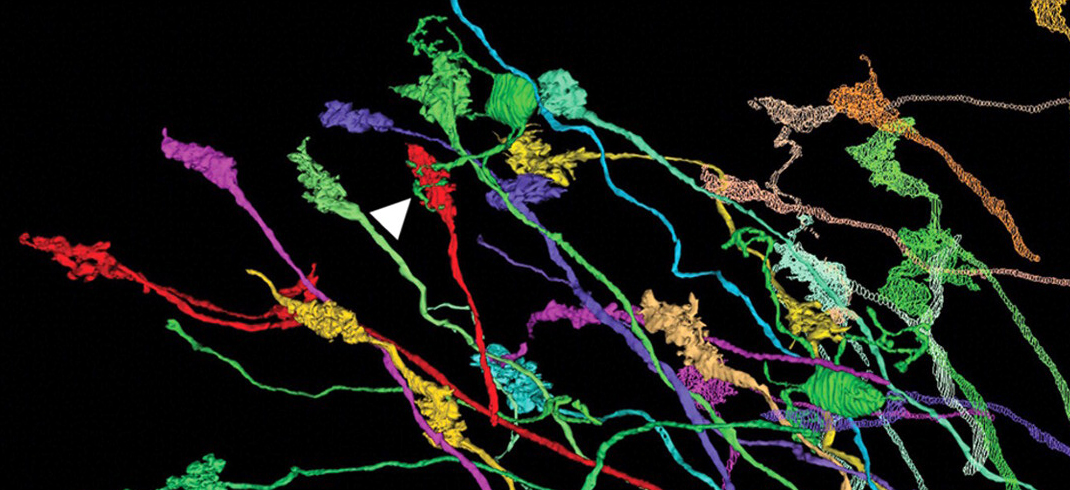January 10, 2024
10:00 AM to 4:00 PM ET
Outcome of Workshop: This workshop revealed multiple mechanisms of NeuroPlasticity, moving well beyond the classic phenomena of long term potentiation and depression (LTP/LTD). Seventeen expert participants reported on studies ranging from retinal to cortical, and from molecular to behavioral. Eight principles were identified:
- Neuroplasticity is driven by biological mechanisms that work to restore the local circuit balance of excitation and inhibition (E/I balance).
- Sensory deprivation acts as a perturbation to the E/I balance.
- Homeostatic processes work toward maintenance of function and they decline with age.
- Non-neuronal cells and gap junctions contribute to and provide structural and molecular support for change.
- Representational shifts occur via polysynaptic reweighting and involve neuronal ensembles.
- Redundancy and reciprocity are hallmarks of resilience and agents for change.
- Polysynaptic reweighting may occur within subcortical structures, and in thalamocortical or corticocortical projections, with the later exhibiting the most obvious adult plasticity.
- Calculated sensory degradation stimuli may encourage neuroplasticity by taking advantage of biological reweighting algorithms.
Read the full analysis in the Visual NeuroPlasticity Workshop Report

Sessions, Topics and Speakers:
Cortical cellular mechanisms
- Lindsey Glickfeld, Duke University, Chair
- Elizabeth Quinlan, University of Wisconsin-Madison
- Rafael Yuste, Columbia University
- David Fitzpatrick, Max Planck Florida Institute for Neuroscience
Subcortical mechanisms
- Jianhua Cang, University of Virginia, Chair
- Hey-Kyoung Lee, Johns Hopkins University
- Chinfei Chen, Boston Children's Hospital
- Jennifer L. Hoy, University of Nevada, Reno
Retinal remodeling and neuroglia
- Alapakkam Sampath, University of California Los Angeles, Chair
- Bryan W. Jones, University of Utah
- Greg D. Field, University of California Los Angeles
- Daniel Kerschensteiner, Washington University
- Cagla Eroglu, Duke University
Functional reorganization in humans
- Marlene Behrmann, University of Pittsburgh, Chair
- Ione Fine, University of Washington
- Pawan Sinha, Massachusetts Institute of Technology
- Tara L. Alvarez, New Jersey Institute of Technology
NEI Program Committee
- Martha Flanders, Chair
- Lesley Earl
- Tom Greenwell
- Alicia Kerr
- Wei Li
- Cheri Wiggs